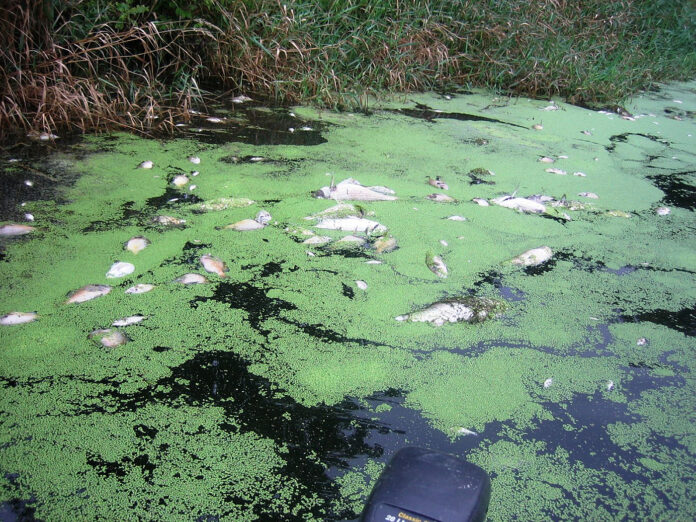The impacts of climate change on ecosystems and wildlife are catastrophic and cannot be overstated. As the planet warms, we are seeing devastating consequences for many species, including extinction, displacement, and altered behavior patterns.
Ecosystems are being disrupted as temperatures rise and precipitation patterns shift, leading to habitat loss and degradation. This is particularly concerning for species that are adapted to specific climatic conditions, as they may struggle to survive in changing environments. For example, polar bears are struggling to find food as sea ice melts, while coral reefs are dying due to rising ocean temperatures.
In addition to habitat loss, climate change is also leading to more frequent and severe weather events, such as droughts, floods, and storms. These events can have a major impact on wildlife, as they can disrupt their feeding, breeding, and migration patterns. For example, flooding can destroy nesting sites for birds and eggs, while droughts can lead to food shortages for animals.
It is imperative that we take immediate action to address the root causes of climate change and mitigate its impacts on ecosystems and wildlife. The longer we wait, the more severe the consequences will become. We must work together to reduce greenhouse gas emissions and protect the planet’s biodiversity before it’s too late.
Here are some facts and figures about the state of the climate around the world:
- The Earth’s average surface temperature has increased by about 1.1 degrees Celsius (2 degrees Fahrenheit) since the Industrial Revolution, with most of the warming occurring in the past 35 years.
- The five hottest years on record have all occurred since 2015.
- The concentration of greenhouse gases in the atmosphere, particularly carbon dioxide, has reached levels not seen in at least 800,000 years.
- Sea levels are rising at an accelerating rate, with the global average sea level rising by about 3.2 millimeters per year since 1993.
- Extreme weather events, such as heatwaves, droughts, and hurricanes, are becoming more frequent and intense.
- The loss of ice from glaciers and ice sheets is contributing to rising sea levels. The Greenland and Antarctic ice sheets have lost an average of about 286 billion metric tons of ice per year since 1993.
- The world’s oceans have absorbed about 93% of the excess heat caused by human activity, leading to warmer and more acidic waters.
- Climate change is having a significant impact on ecosystems and wildlife. Many species are shifting their ranges or experiencing declines in population.
- The economic costs of climate change are already being felt around the world, and they are expected to continue to increase unless urgent action is taken to reduce greenhouse gas emissions.
Distressing impacts of climate change on ecosystems and wildlife. Here are a few:
- Polar bears: As sea ice melts due to rising temperatures, polar bears are struggling to find food and are at risk of extinction. According to the World Wildlife Fund, polar bears rely on sea ice as a platform to hunt seals, their primary food source. As sea ice disappears, polar bears are forced to swim longer distances and spend more time on land, where they are less successful at hunting. As a result, their body condition and reproductive rates are declining, and their population is shrinking.
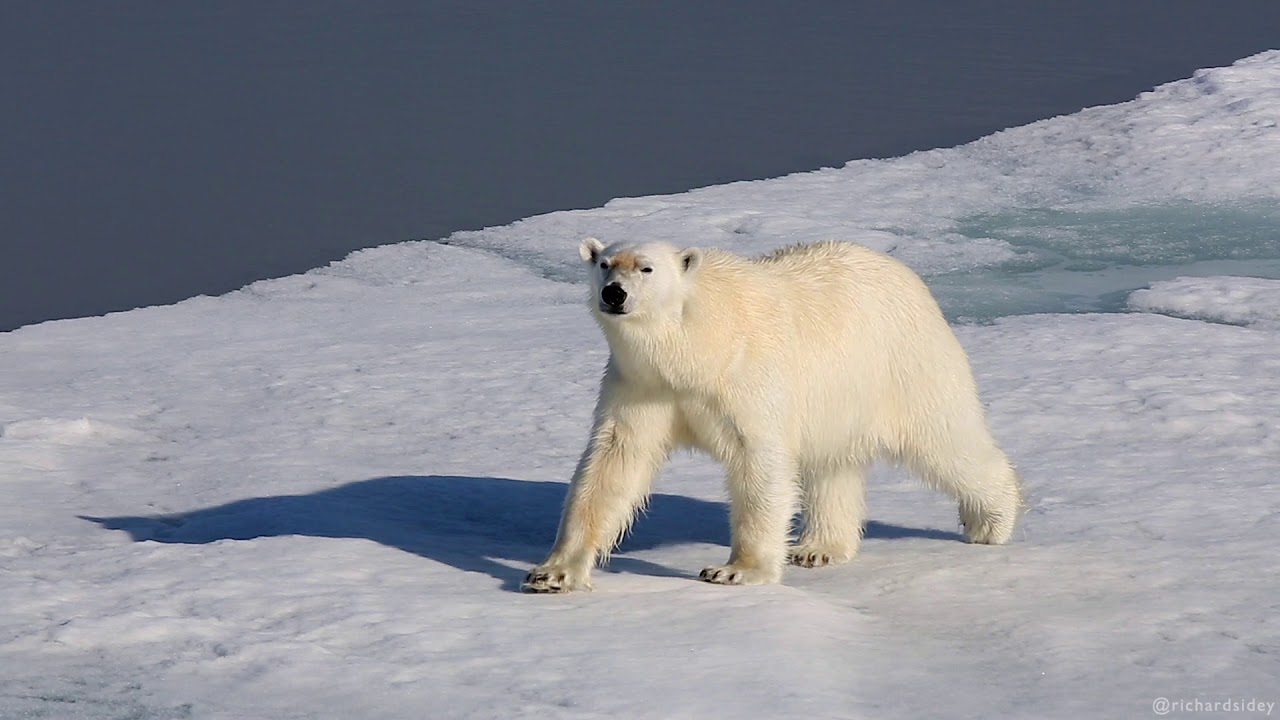
- Coral reefs: Rising ocean temperatures are causing coral reefs to bleach and die. Coral reefs provide vital habitat for many species of fish, as well as protection for coastal communities from storms and erosion. According to the National Oceanic and Atmospheric Administration, coral reefs are already facing multiple threats, including pollution, overfishing, and disease. Climate change is exacerbating these challenges and could lead to the loss of more than 70% of the world’s coral reefs by the end of the century.
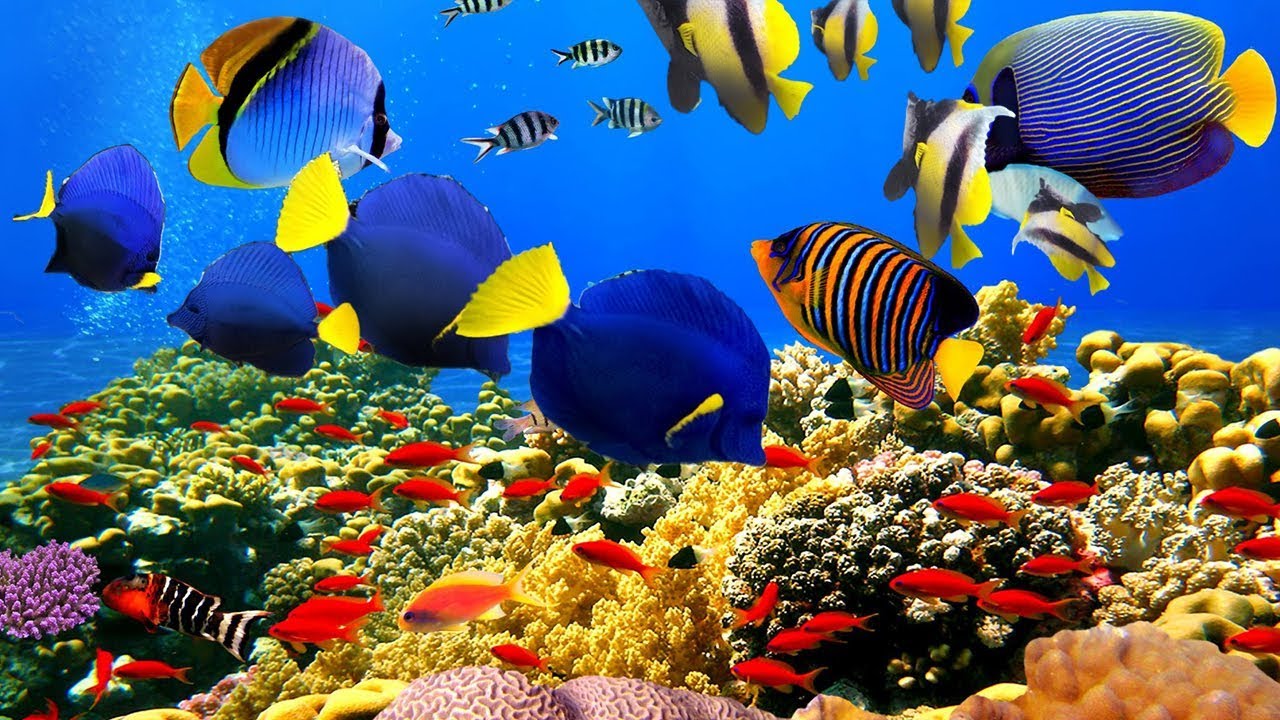
- Monarch butterflies: Climate change is affecting the migration patterns of monarch butterflies, which rely on specific weather conditions to travel between their breeding and wintering grounds. According to the World Wildlife Fund, warmer temperatures are causing monarchs to emerge from their pupal stage earlier in the year, while changing precipitation patterns are affecting the availability of nectar plants. As a result, monarchs are facing challenges at both ends of their migration, leading to declines in their population.
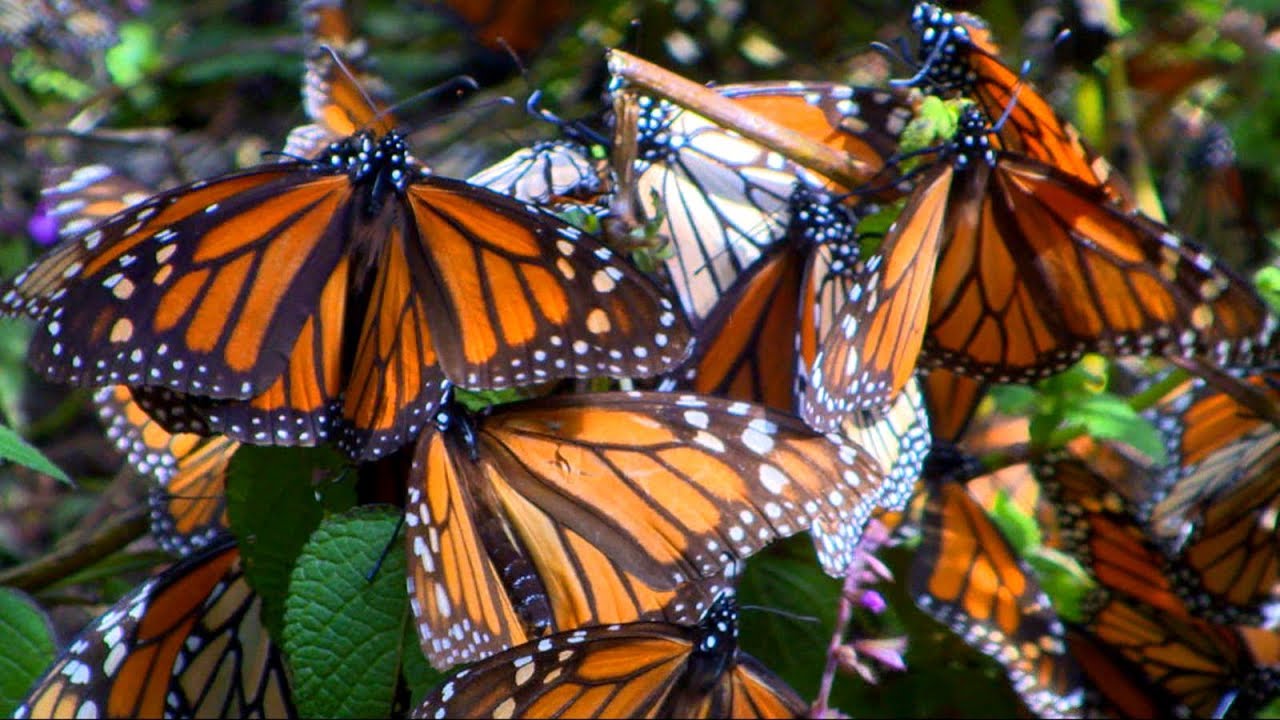
- Arctic foxes: Arctic foxes are struggling to adapt to the rapidly changing Arctic environment due to climate change. According to the World Wildlife Fund, rising temperatures are causing the Arctic tundra to become more green and forested, which is not suitable habitat for Arctic foxes. As a result, they are being forced to compete with other species, such as red foxes, which are better adapted to these conditions. This is leading to declines in the population of Arctic foxes.
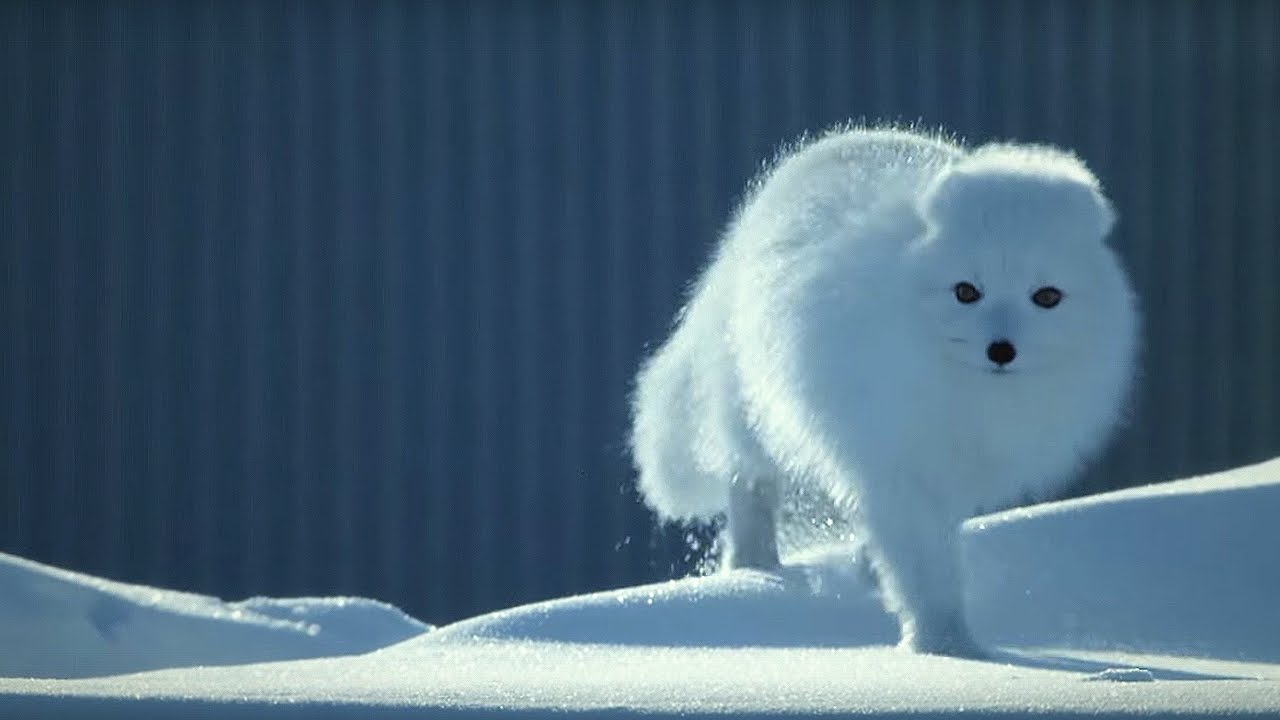
These are just a few examples of the many ways in which climate change is affecting ecosystems and wildlife around the world.
The devastating effects of climate change on humans
As the planet warms, we are already seeing the consequences of rising temperatures and changing weather patterns, including more frequent and severe heatwaves, droughts, floods, and storms. These events have a major impact on people, especially those who are most vulnerable, such as the elderly, children, and those living in poverty.
Heatwaves can lead to heat stroke, dehydration, and other health problems, particularly for people who are unable to afford air conditioning or who have underlying health conditions. Droughts can cause food and water shortages, leading to malnutrition and disease. Floods can destroy homes and infrastructure, displacing communities and causing widespread damage. Storms can cause loss of life and injury, as well as damage to infrastructure and crops.
In addition to the direct impacts of climate change on human health and well-being, there are also indirect effects, such as the impact on economies and social systems. For example, crop failures due to drought or flooding can lead to food price increases and economic downturns, while displacement due to extreme weather events can lead to social disruption and conflict.
Who is responsible, and who has to act?
- The Intergovernmental Panel on Climate Change (IPCC), the United Nations body that assesses the science related to climate change, has determined that human activity is the primary cause of the observed warming of the Earth’s climate system. The main drivers of climate change are the burning of fossil fuels, such as coal, oil, and natural gas, which releases carbon dioxide and other greenhouse gases into the atmosphere.
- The Paris Agreement, a global agreement to address climate change, aims to limit global warming to well below 2 degrees Celsius (3.6 degrees Fahrenheit) above preindustrial levels and to pursue efforts to limit the temperature increase to 1.5 degrees Celsius (2.7 degrees Fahrenheit).
- In order to limit warming to 1.5 degrees Celsius, global greenhouse gas emissions must be reduced by about 45% from 2010 levels by 2030 and must reach net zero by around 2050.
- The impacts of climate change are already being felt around the world, including more frequent and intense heatwaves, droughts, and storms, as well as rising sea levels and ocean acidification.
It is crucial that people come together to fight the elements that are damaging our planet. Climate change is a global problem that requires global solutions. It is not something that can be solved by any one individual or country acting alone.
There are many ways in which people can come together to fight climate change and protect the planet. Some examples include:
- Supporting organizations and initiatives that work to reduce greenhouse gas emissions and promote sustainability.
- Making lifestyle changes to reduce your own carbon footprint, such as driving less, using energy-efficient appliances, and consuming less meat.
- Supporting politicians and policies that prioritize action on climate change.
- Educating others about the importance of addressing climate change and the steps that can be taken to mitigate its impacts.
- Participating in community events and initiatives that promote sustainability and raise awareness about climate change.
It is important to remember that while individual actions are necessary, it is also crucial that governments and businesses take significant steps to reduce greenhouse gas emissions and transition to a more sustainable future. We must work together at all levels to address this global crisis.
